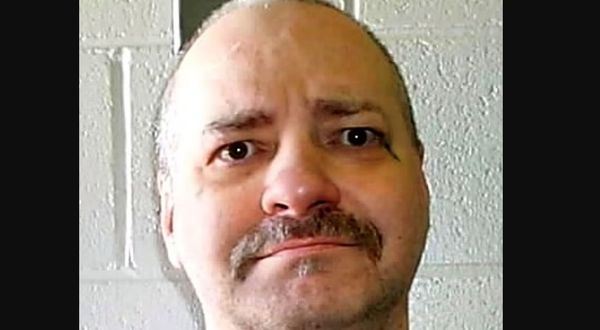
The planned execution of notorious serial killer Thomas Eugene Creech took a shocking turn when it was abruptly called off at the last minute. The 73-year-old murderer, convicted for killing his cellmate in 1981, was set to face lethal injection at the Idaho Maximum Security Institution. However, medical staff encountered significant difficulties in administering the injection, ultimately failing eight times to find a suitable vein.
Witnesses described the tense scene as Creech was strapped into the execution chamber, with his family present, only to be returned to his cell after a frustrating 55-minute ordeal. Despite being convicted of multiple murders and allegedly confessing to many more, Creech’s execution was marred by medical challenges.
At a post-execution press conference, witnesses recounted Creech’s emotional display, with his eyes fixed on his family as he mumbled apologies and expressions of love. Finally, after nearly an hour of failed attempts to establish an IV line, the warden informed Creech that the execution would not proceed as planned.
The botched execution sheds light on a recurring problem in death penalty cases across America – difficulties in inserting IV lines. Creech’s case was reminiscent of Kenneth Eugene Smith, who became the first person to be executed via nitrogen hypoxia in Alabama the previous month due to similar issues with lethal injection.
Journalists provided detailed accounts of the execution attempt, highlighting the challenges faced by medical personnel and the emotional turmoil experienced by Creech and his family. Despite efforts to locate viable veins, including resorting to injecting through the gurney straps, the execution had to be abandoned.
In the aftermath of the failed execution, Creech’s attorneys strongly criticized Idaho officials for their handling of the situation, calling it a botched attempt to execute a “harmless old man.” They raised concerns about the secrecy surrounding the source of execution drugs and questioned the qualifications of those tasked with carrying out the procedure.
Legal battles and multiple attempts to halt Creech’s execution have marked his case. Despite being sentenced to death twice and having his execution scheduled 11 times over the years, he has managed to remain on death row for almost half a century.
Creech’s attorneys have made various arguments to prevent his execution, including challenging the source of lethal injection drugs and questioning the validity of his conviction. However, their efforts have had limited success, with the US Supreme Court denying Creech’s appeal for a stay of execution.
The failed execution has sparked renewed debates about the death penalty and the methods used for capital punishment in the United States. Creech’s case serves as a stark reminder of the complex legal and ethical issues involved in the administration of justice, particularly in cases involving heinous crimes and lengthy appeals.
As the fate of Thomas Eugene Creech remains uncertain, his case continues to grab attention both nationally and internationally, prompting reflection on the effectiveness and morality of the death penalty in modern society.





